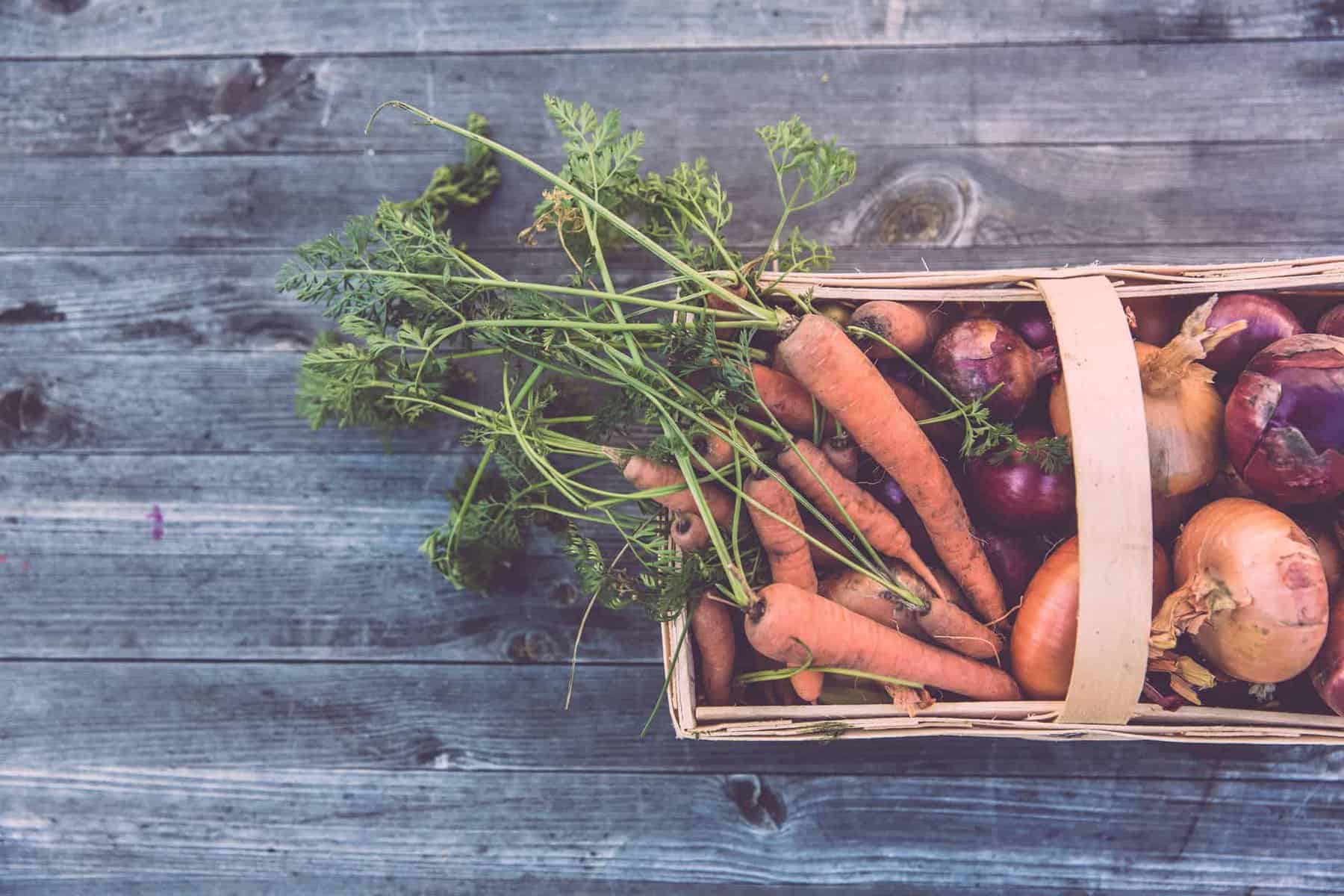Recent research from The Complaining Cow has shown the comparisons between the price of loose supermarket fruit versus that which has been shrink wrapped for packaging. Overall, the research found that those that had used polyolefin shrink wrap was considerably cheaper.
It should come as no surprise that the shipping process of food and beverages benefits greatly from company to company. However, the general consensus is that, when wrapped in plastic, it reduces costs. One of the reasons for this is due to keeping things from perishing, therefore lowering the rate of wastage. Additionally, when passed through a shrink wrap machine before transportation, it limits the amount of moisture that can seep through to the items. This is especially important for items such as fresh fruit and vegetables, as it keeps them fresher for longer, which is beneficial for businesses as it reduces the costs.
In addition, buying packaged produce in bulk is cheaper for businesses due to less handling taking place. It also means that items are less likely from getting lost, as loose items can sometimes be misplaced in transit. So, as a result of this, initiatives that have recently been put in place such as the UK Plastics Pact will be slightly more difficult to adhere to.
Mick Clark, managing director at WePack stated that: “Although there are compostable films out there, they are not suitable for food use, nor will they give you anything like the shelf life that a supermarket requires. Shelf life is of vital importance, and to increase it without adding too many e-numbers or preservatives which are harmful, you need to create the right pack around it.”
When it comes to buying fresh produce, it is vital that the shelf lives are long. This way, they can take into consideration the length of time that it takes to reach the destination, as well as how long it is likely to be sitting before sold. Although it is more desirable to limit the amount of plastic that individuals use, sometimes it is crucial to be wrapped in plastic in order to extend the longevity, both for the consumer and retailers.
“It’s far cheaper to buy the raw materials straight from the ground and far easier to get a fresh PET bottle as virgin-grade material than it is recycled,” said Clark before making some suggestions. He believes that currently, the use of shrink wrap is the most cost-effective method of shipping fresh produce, and that businesses will continue to use them until another method comes along. However, if you’re interested in using a variety of methods in addition to shrink wrapping, plastic crates would also be useful in transportation.



